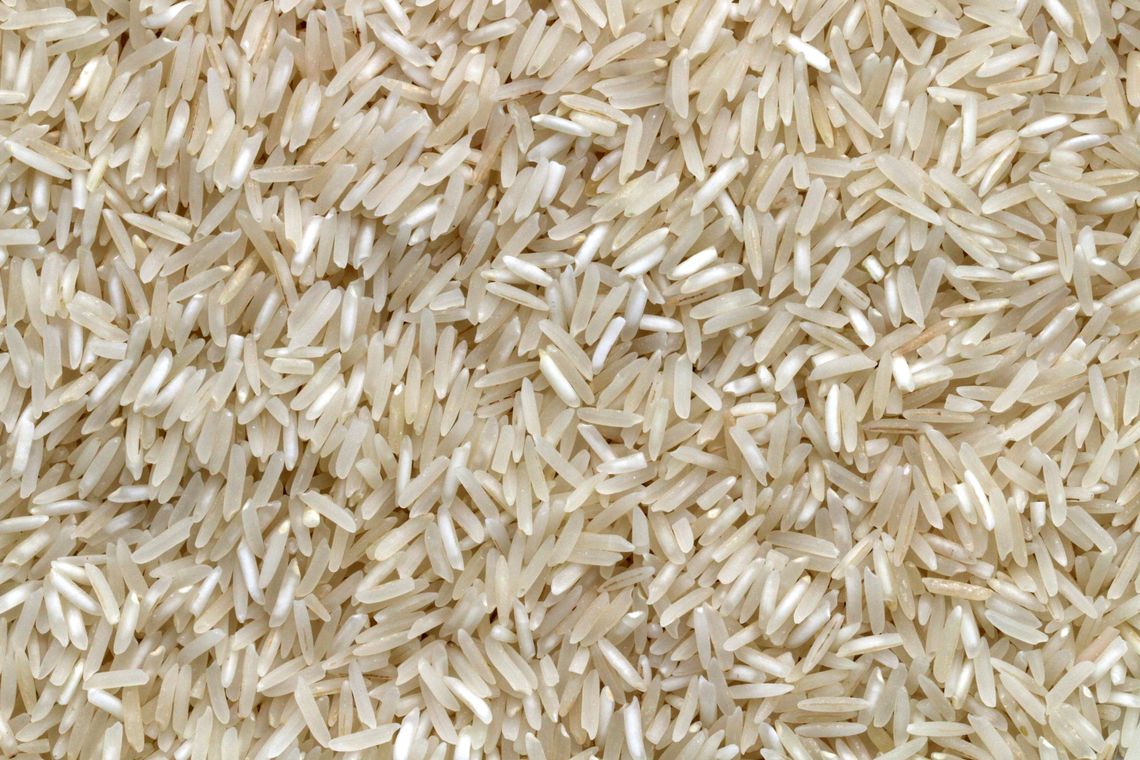The focus for farmers is planting. Texas and Louisiana are underway, but fields in Arkansas, Mississippi, and Missouri are being prepped. California is still waiting out the spring weather with another storm expected through the weekend. Texas has passed 30% planted. Prices for paddy have remained firm, even as the milling activity has quieted down a bit. Domestic business remains, but trouble in Haiti has the potential to snarl up the flow of exports in the coming weeks.
A recent GAIN report for Mexico offers hope for a return to historical norms in the Mexico-U.S. rice relationship. Mexico’s imports of U.S. rice increased from Oct-Dec 2023 by 406% compared to the previous year.
Recall that a significant market share was lost to Brazil post-COVID, where Oct-Dec 2022 recorded only 47,554 MT, compared to the new 240,576 MT. In the same period, imports of Brazilian rice decreased from 174,534 MT to 32,109 MT, or an 82% reduction.
This is great news for the U.S. rice industry as we look down the barrel of the largest crop in years. Post forecasts total rice production in Mexico for MY2024/25 at 233,000 MT, an increase of 7% from last year. Post’s mi lled production estimate for MY2023/24 is 150,000 MT, a 5% increase over the previous year.
Imports are anticipated to increase by 2%, up to 840,000 MT, where the U.S. is expected to be the largest supplier. 80% of Mexico’s imports are paddy, and most of that comes from the U.S. Of the remaining 20% of milled rice, Uruguay is the largest supplier.
We should point out that the Mercosur harvest is struggling to get into full swing, hampered by excessive rains and flooding in some key areas. Reports of lodging in Brazil have been frequent. Export prices in Brazil hover around $420/ton FOB Rio Grande do Sul. Numerous buyers in Mexico and Central America have been “waiting on lower prices due to the Brazilian harvest.”
However, as of this writing, there is no clear path forward. At the same time, several vessels have been recently booked destined for Mexico and Central America. The general feeling is that field yields will be off. As in recent years, the weather is driving the market in many corners of the hemisphere with its effect on milling yields, grain quality in addition to field yields. No two years are alike.
The resurgence of Mexican demand is welcomed news in the face of emerging problems in trade with Iraq. In Q4 2023, an announcement said that Iraq was to end all trade based on the USD on Jan 1, to curb ties with Iran.
When this happened, the rice industry wasn’t quite sure what to expect. The MOU and business relationship has been a saving grace for the U.S. rice industry in recent years and losing that outlet as a result of a geopolitical dispute would be the most recent of a long list of problems. What is now coming to light is that Iraq not being able to trade via the U.S. Dollar essentially prohibits their ability to purchase U.S. rice, therefore rendering their MOU DOA unless some form of diplomacy can find a solution. This means that the business already on the books is safe, but any future tender will have to deal with this additional complication.
In Asia, the market seems to be “resting” with Thai prices hovering around $600 pmt and Viet prices just below $595 pmt.
India’s export ban is still in place, but steady shipments to W. Africa remain via G2G deals. We mentioned last week and will continue to say that these “exception exports” are good for market stabilization. When India does officially open back up after their elections, the shock to the market will be muted because of the steady stream of exports that have been making it out the door as G2G exceptions.
The weekly USDA Export Sales report shows net sales of 142,100 MT this week, up noticeably from the previous week and the prior 4-week average. Increases were primarily for Colombia (44,000 MT), Mexico (31,100 MT), Japan (26,000 MT), Honduras (13,200 MT), and Haiti (7,100 MT). Exports of 106,400 MT were up 19% from the previous week and 12% from the prior 4-week average.
.gif)

